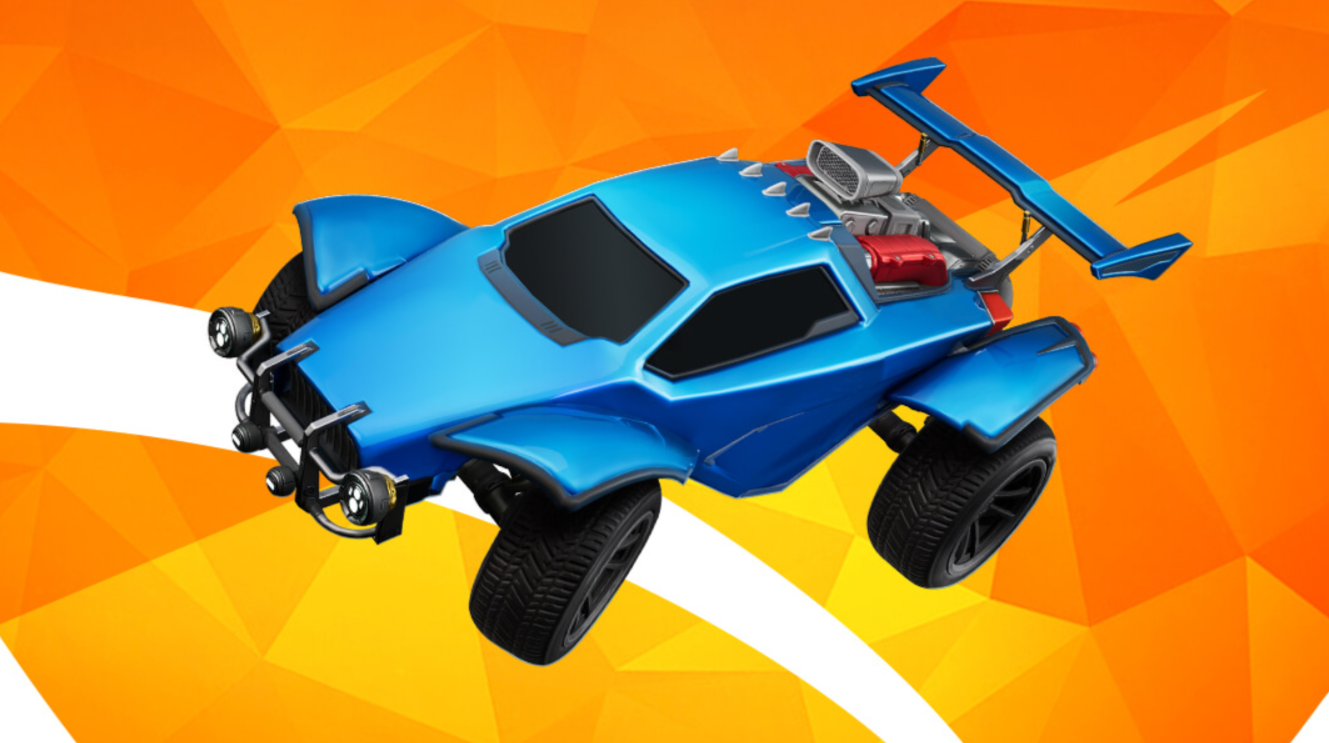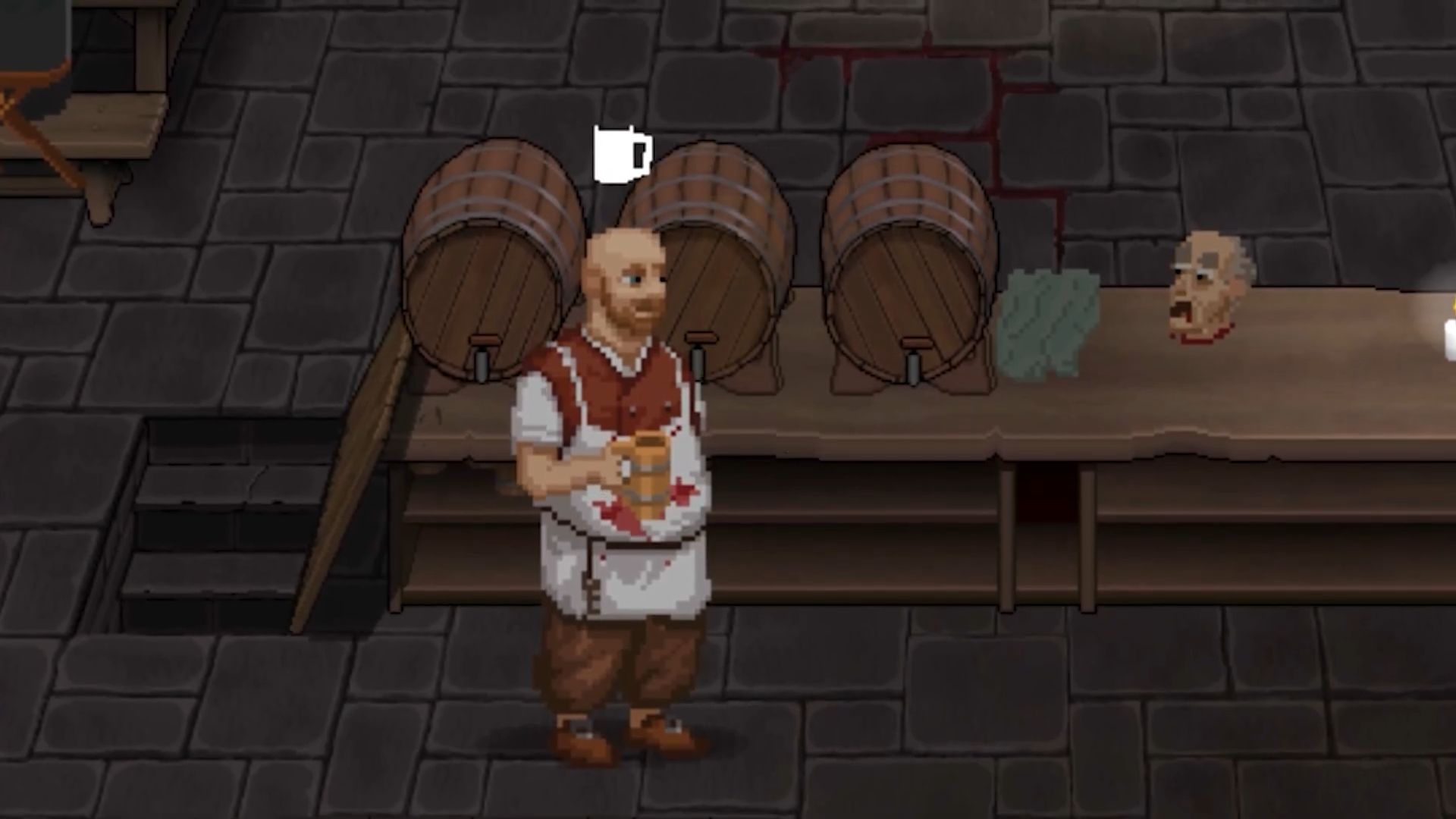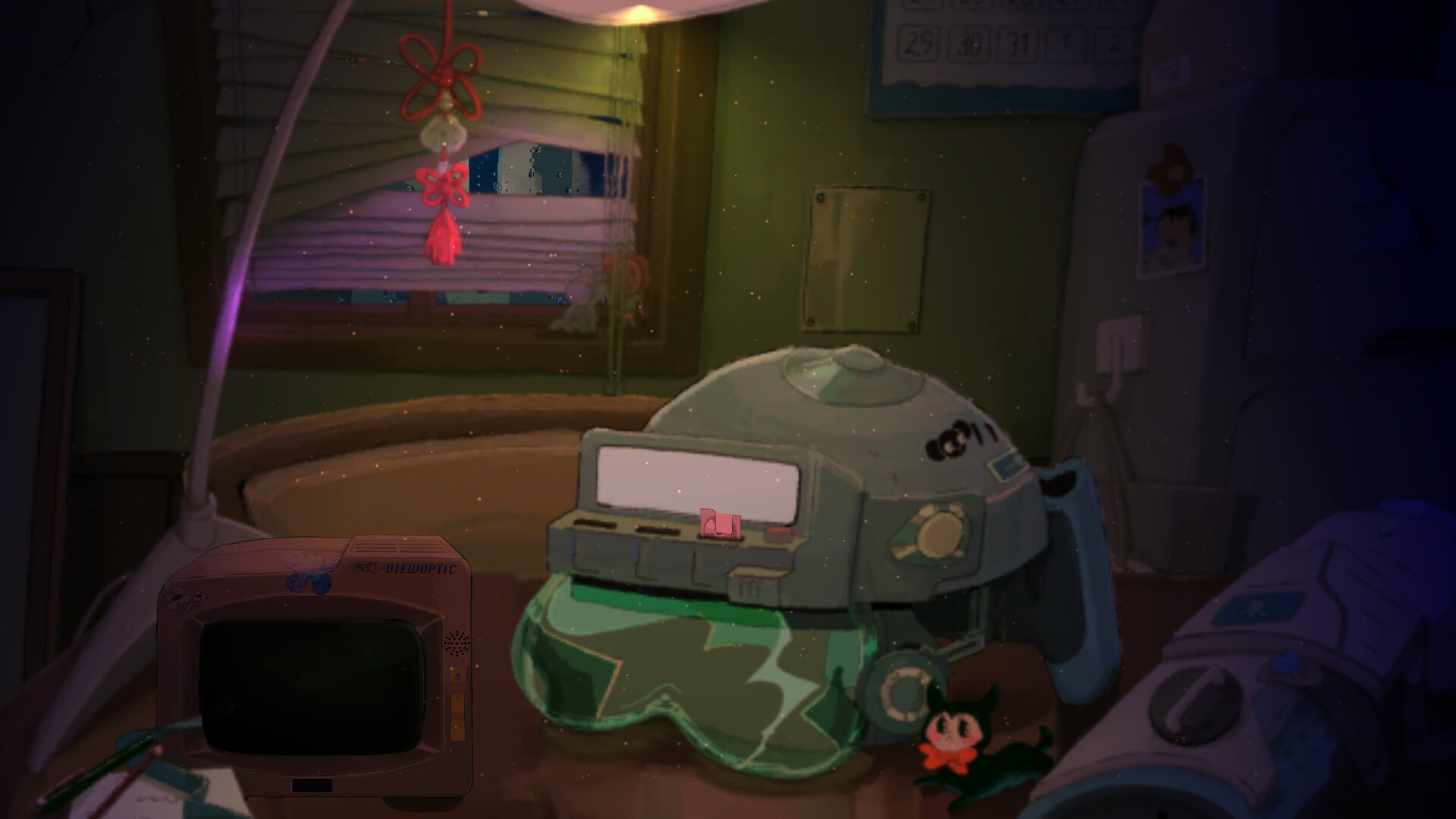
High octane stuff.
I’m going to wax slightly lyrical here but Rocket League is one of those games I can’t imagine existing in any other form. Yes it’s now accumulated many years’ worth of cruft around it but developer Psyonix has never messed with that near-perfect core experience. Psyonix is now owned by Epic which has seen plenty of crossover between the game and Fortnite, but the latest stirs a dim memory of what could have been: one of the roads that these battle cars never traveled.
A new update adds the Octane, Rocket League’s most recognisable car, to various Fortnite modes excluding competitive. You can hop into Octane and it behaves more-or-less as any Rocket League fan might expect: double jumps, boosts, wall-running, and dodging around, it’s like playing one game in another.
What it really reminded me of, however, is that this is weirdly close to the original route that the Rocket League developers were taking. Rocket League is a sequel: its predecessor, the unfortunately named Supersonic Acrobatic Rocket-Powered Battle Cars, was pretty much the same game in multiplayer, but hadn’t set the world alight. There are several reasons for this: the controls, the aesthetic, the PS3 exclusivity, the emphasis on singleplayer. Psyonix knew it had something though, and Battle Cars 2 (as it was then called) would aim to improve on this.
The initial concepts, however, went in some unusual directions. First, there was an open world where players would need to drive around and enter stadia to play a match. I interviewed some of Rocket League’s creatives in 2016 about this, which is probably why Fortnite’s new addition feels like some approximation of the Rocket League we never got.
“We were trying to identify what we needed to do to make it work better this time,” said Psyonix founder and CEO Dave Hagewood. “We quickly realised some ideas were out of scope or maybe a little crazy, so eventually steered back and said look: we don’t want to change the game that we felt was so successful. Let’s polish what we have, keep that core, and just build the best experience on top of playing that game.”
This meant focusing on the multiplayer core and throwing out the distractions (many of which, it has to be said, would return as limited-time modes once the game achieved such success). “At that same back-to-basics meeting where we decided to focus on what we knew was good,” said design director Corey Davis, “we also decided to embrace the spirit of the game which is maybe a little goofy–it’s cars hitting soccer balls, right? We tacked fully into hats and vibrant colours, and made it into something we would enjoy seeing. We didn’t worry too much about the seriousness of it.”
The rest is history. I’ve always wondered about that curious idea of Rocket League being set in an open map where players would drive around freely, choosing when and where to enter a match, and tootling around Fortnite’s battle royale island is as close as we’ll ever get to whatever Psyonix was envisaging. Of course, the developer made completely the right call in zero-ing in on the multiplayer mode of Rocket League but it does make you realise that these things handle like a dream and maybe, possibly, there’s some other future for them aside from Rocket League itself: which I’m pretty sure will still be exactly the same game in 50 years, because it’s all it needs to be.
Fortnite has also added Rocket League’s Whiplash car, and both vehicles are available in the battle royale, zero build, and creative modes Epic’s mega-successful battle royale is now almost like an ‘everything’ game, just grabbing and incorporating whatever it can in a relentless forward march. It’s fun to see, albeit coincidentally, it filling in one of the little ‘what ifs’ around an Epic stablemate.




